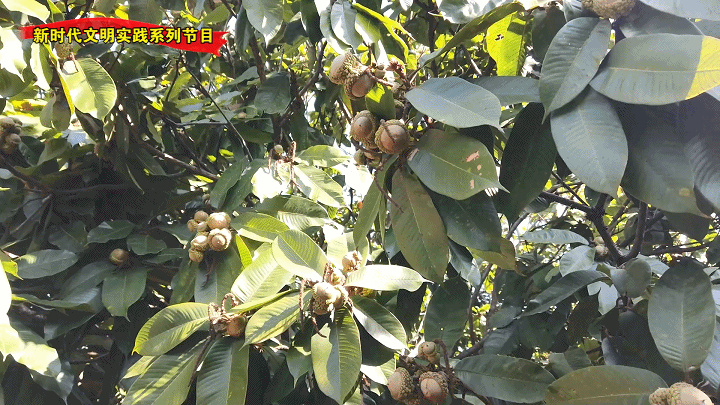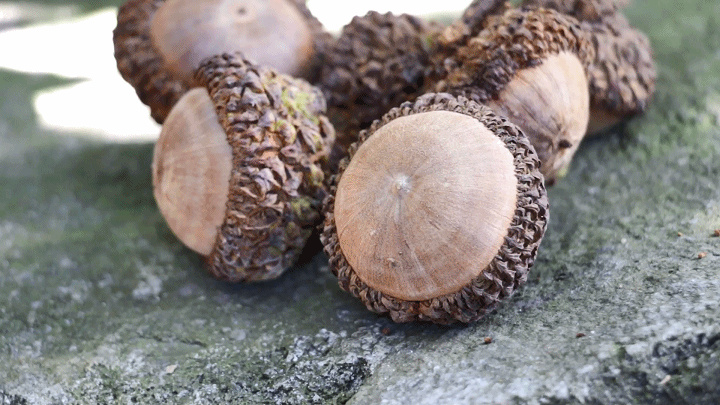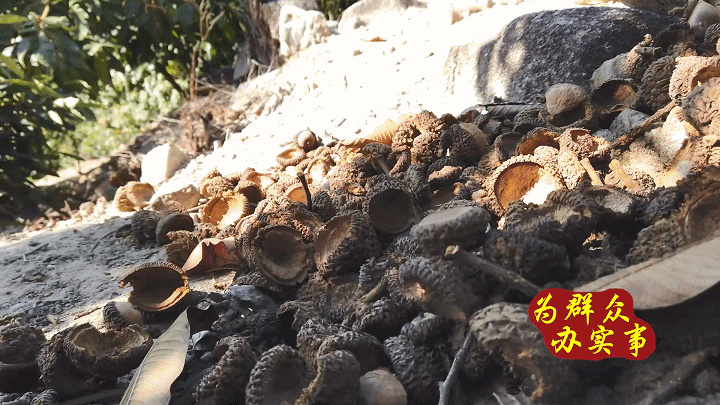Cultivated Lithocarpus pachylepis in harvest in Conghua

Lithocarpus pachylepis, a rare plant seen in South China's Guangdong province and Guangxi Zhuang autonomous region, has been cultivated in Conghua district of Guangzhou, Guangdong, bringing prosperity to locals.
Wild Lithocarpus pachylepis, which usually bears fruit once every three years, used to grow in the deep mountains in Liangkou and Lyutian towns in Conghua.

A villager surnamed He saw the economic prospects of the plant and started cultivating it over 10 years ago. Despite some mocking from neighbors who thought it was impossible, He succeeded. Now, the cultivated plant bears fruit twice a year. It is harvested every February and November.
Lithocarpus pachylepis trees are not very tall, but they have lush branches and leaves. Different varieties have differently-shaped leaves and fruit. The immature fruit weighs heavily on the trees in clusters, waiting to be harvested. When the fruit ripens, it turns brown with its soft shell drying up until it finally falls to the ground.

Villagers will then pick them up and find the best ones by immersing them in water. The fruit that floats has no flesh and is therefore considered bad.
He has also helped set up a farm for Lithocarpus pachylepis in Anshan village in Lyutian town. "No pesticides were used. But in the early stage of growing, the weeds have to be cut and used as fertilizer, which can both store water and improve soil quality," he said. The output this year was around 5 tons.
Lithocarpus pachylepis is rich in nutrition, with protein content as high as 15 to 26 percent. It can be used to make wine and also tastes good after boiling.
